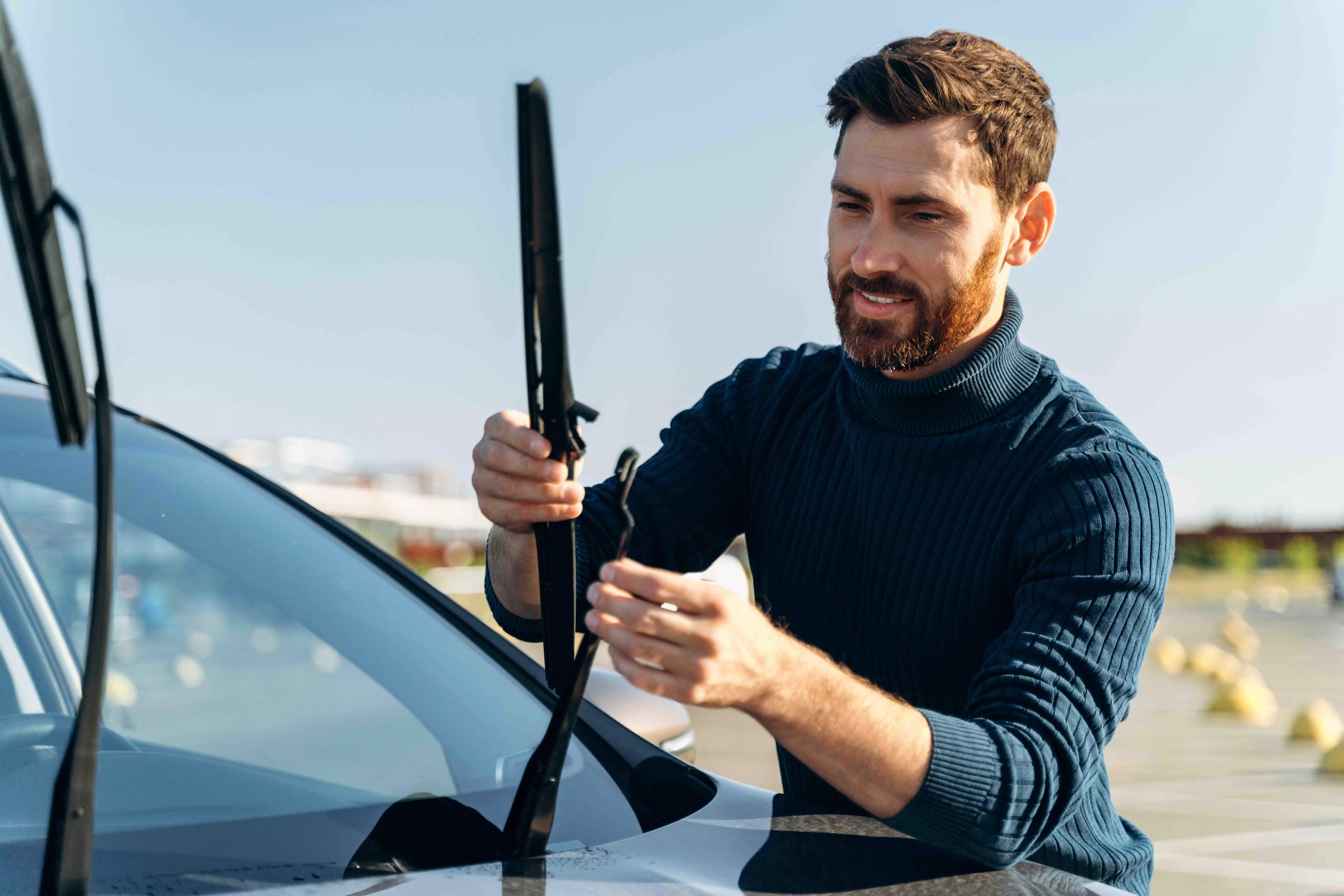
Is your car ready for winter? With our days getting shorter and cooler, it’s important to know how to get your car ready for winter via a few essential car checks before you set off on a journey.
From heavy rain causing visibility issues or risk of aquaplaning through to black ice forming, winter road conditions can quickly change, so it’s essential to take proper precautions to protect not only yourself but also other motorists.
Below are five simple checks and preparations you can do at this time of year that can potentially save you hundreds of pounds on a range of essential maintenance tasks that people may previously have thought too complex to do themselves.
1 What screenwash do I need?
You should use a ready-mixed screenwash solution all year round - a summer mix tends not to have any antifreeze proprties, but if it does it's likely to give protection down to only freezing point or -5C. This isn't enough for a typical British winter, so you'll need to buy a 'stronger' solution that's rated for at least -10C.
Before setting out, check all of your fluid levels, with particular emphasis on your washer fluid. You may not be able to see the screenwash fluid level if the tank is hidden from view, so simply pop the cap and top it up. Never use coolant antifreeze because it can damage your car's paint.
Discover where and how to check the fluid levels on your car, and see how much screenwash costs

2 When to change your wiper blades?
Don’t throw caution to the wind by driving with a streaky windscreen. Wiper blades should be changed every 12 months because the rubber can perish over time having been exposed to sunlight and cold temperatures.
It’s important to change all wiper blades at the same time - both the front and the rear screen blade if you have one.
Discover how to replace the wiper blades on your car, and find out how much wiper blades cost

3 Which tyre pressure is right for my car?
Don't rely on your car's tyre pressure monitoring system (TPMS). Checking car tyre pressures on a weekly basis is a great way to save money but is also an essential safety check.
Correct pressures mean that the tyre will roll more efficiently, saving you money on precious fuel and actually making the tyres last longer.

4 How to check tyre condition
Having good tyre control when driving in slippery or rainy conditions is key. When it comes to tyre condition, the legal minimum tread depth in the UK is 1.6mm across the centre two thirds of a tyre. If tyres are below this limit, you could face both a fine and points on your licence.
There are tread wear indicators on most tyres which look like raised bumps in the groves - when these bumps are at the same height as the tread your tyre is on the limit! Tyres seldom wear evenly, so look at the whole width of the tyre to see whether it's worn out or not.
It's good practice to replace the tyres when they get to around 3mm. Lower than this and braking and handling in the wet will be compromised. A good way to test this is with a 20p coin. The outer band of a 20p is just less than 3mm thick so insert the 20p into the tyre tread and if the outer band is obscured by the tread the tyre is fine.
Any less and it's time to consider a replacement. Incidentally the width of a 20p is 1.7mm, so you can also use that as a gauge.

5 Car batteries in winter
Cold weather conditions can reduce the life of a battery so keep an eye on its health.
It’ll be obvious when your battery is flat: the central locking may not work and the engine won’t turn over. However, it’s not always easy to know when the battery needs to be replaced.
Once the car has been started (via jump leads/jumper cables, bump started or battery trickle-charged), take the car for at least a 20-minute run to charge the battery. Turn the engine off and restart it the next morning. If it’s flat again you need to check the battery's health with a multimeter.
